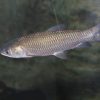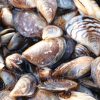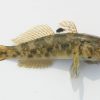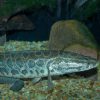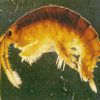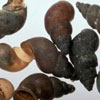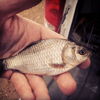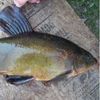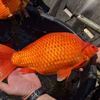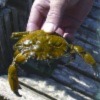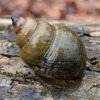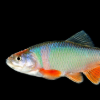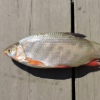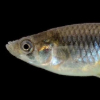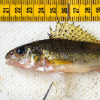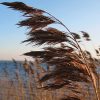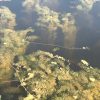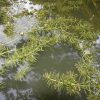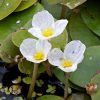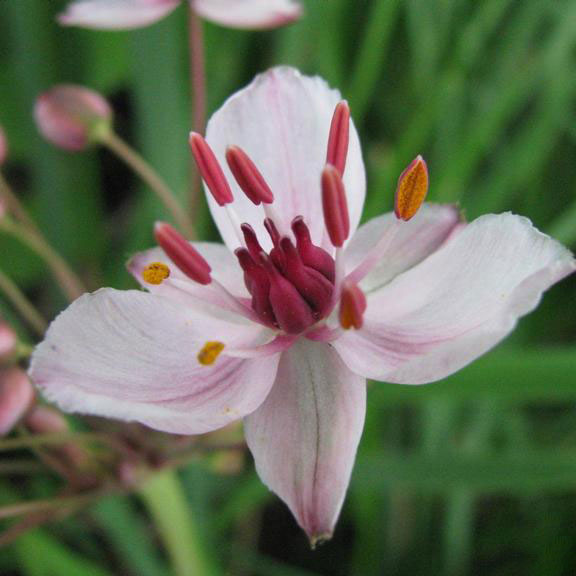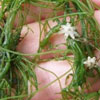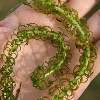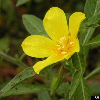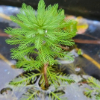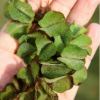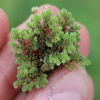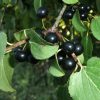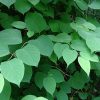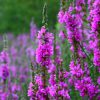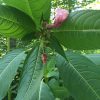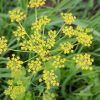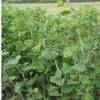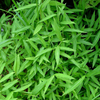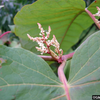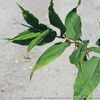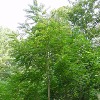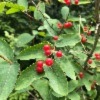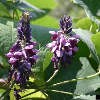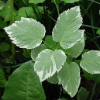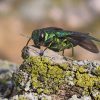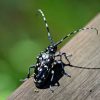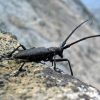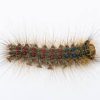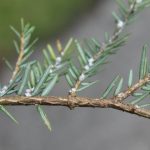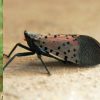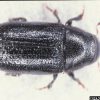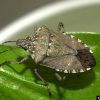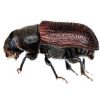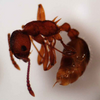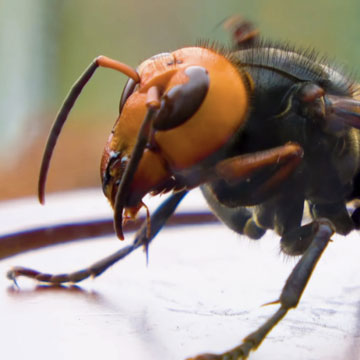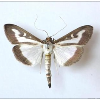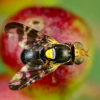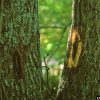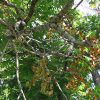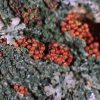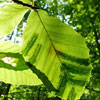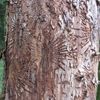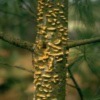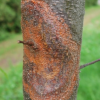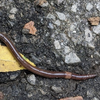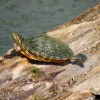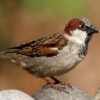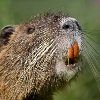Jump to:
Invasive fish and invertebrates
Invasive fish and invertebrates pose a significant threat to all water bodies, from small streams to large lakes to oceans. Invasive fish and invertebrates can outcompete native species, alter ecosystem function, and reduce critical habitat. These changes can have cascading effects on biodiversity, the fishing industry, recreational activities, property values, and more. Human activity, including recreational boating and fishing, is a primary mechanism of spread for invasive fish and invertebrates.
Invasive aquatic plants
Invasive aquatic plants pose serious threats to all waterbodies. They damage ecosystems, displace native vegetation, reduce water quality, and negatively impact recreation. When invading aquatic plants die, decomposers that break down the plant matter consume large amounts of oxygen in the water and consequently create an inhospitable environment for native aquatic species.
Invasive plants
Invasive plants include non-native trees, shrubs, and plants that are spread by global trade, human and animal transport, and horticulture. Many invasive plants are not suitable as a food source for wildlife and can greatly reduce biodiversity in forests and urban green spaces.
Invasive insects
Invasive forest insects are a problem for all types of forest: urban, commercial, and natural. Once an invasion takes hold it can easily spread into natural and commercial forests. Invasive species are a large financial cost to the forest industry and Canada’s annual timber losses due to invasive species are estimated at $61 million.
Invasive pathogens
Invasive forest pathogens are usually the result of a fungal infection and are a problem for all types of forests: urban, commercial, and natural. Impacts of invasive pathogens include reduced aesthetic and intrinsic value of forests and urban green spaces, reduced property values, and economic impacts to commercial forests. Commercial forests in particular are a valuable resource in Canada that provide significant economic returns and job opportunities.
Invasive land animals and invertebrates
Invasive land animals and invertebrates present a significant threat to terrestrial ecosystems because of their ability to spread disease, prey on or compete with native species, hybridize, and alter other important natural systems such as vegetation growth and soil quality. Invasive land animals and invertebrates can accelerate biodiversity loss and cause disturbance, impacting the health of natural ecological communities.

